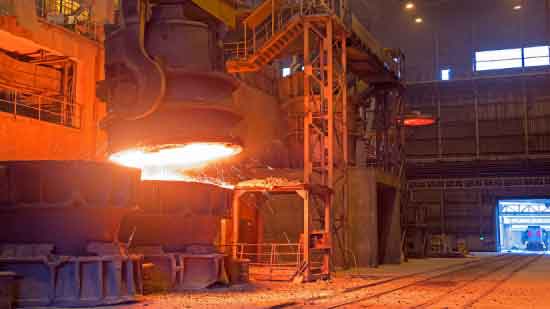
As an essential part of the manufacturing process in the automotive industry, sand casting plays a crucial role in producing various components used in vehicles. From engine parts to transmission systems and braking components, sand casting offers a cost-effective and efficient method for creating complex shapes and structures that are integral to the functioning of automobiles.

One of the key areas where sand casting is widely utilized in the automotive industry is the production of engine components. Engine blocks, cylinder heads, and intake manifolds are often manufactured using sand casting due to its ability to produce intricate designs with relatively low tooling costs. The versatility of sand casting allows for the creation of internal passageways and cooling channels within the castings, contributing to the overall efficiency and performance of the engine.

Sand casting also plays a vital role in the production of components for transmission systems in vehicles. Transmission cases, gears, and shafts are commonly manufactured through the sand casting process. The high degree of dimensional accuracy achievable with sand casting ensures that the intricate geometries of transmission components are faithfully reproduced, enabling smooth and reliable operation of the transmission system.

In the realm of braking systems, sand casting is instrumental in the production of brake calipers, master cylinders, and other critical components. These parts require a combination of strength, heat resistance, and precise dimensions to ensure safety and performance. Sand casting facilitates the production of these components with the necessary properties, making it an indispensable method for meeting the stringent requirements of automotive braking systems.
The use of sand casting in the automotive industry offers several advantages that contribute to its widespread application:
Cost-Effectiveness: Sand casting is a relatively economical process, particularly suitable for medium to large production runs, making it a preferred choice for automotive manufacturers seeking cost-efficient solutions.
Design Flexibility: The flexibility of sand casting allows for the production of complex and customized parts, enabling automotive engineers to design components with specific performance characteristics tailored to their needs.
Material Versatility: Sand casting can accommodate a wide range of materials, including various types of metals and alloys, offering automotive manufacturers the freedom to select materials that best suit the intended application of the components.
Quick Turnaround: With shorter lead times compared to other casting methods, sand casting enables automotive manufacturers to expedite the production of components, thereby supporting efficient assembly line operations.
In conclusion, sand casting plays a pivotal role in the automotive industry by providing a versatile and cost-effective method for producing essential components such as engine parts, transmission systems, and braking components. Its ability to deliver complex geometries, dimensional accuracy, and material versatility makes it an indispensable process in the manufacturing of vehicles.
For more information on industrial valves and sand casting solutions for automotive applications, pls feel free to contact us.